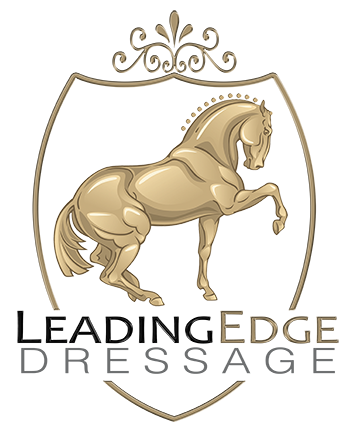Repost from 2017
Mounting block woes
More often than not, one of the side effects of the horses I train is a horse that stands quietly at the mounting block. The clients usually notice within a short time and comment on it. They are mystified as to what I have done to their horse, who always wiggles and squirms at the mounting block, or walks off the minute there is weight in a stirrup.
In my view this goes back to the foundation of the horse’s education. And I usually start every horse that I work with in a quick once over of fundamentals, in order to see where there may be holes in the foundation. This includes leading properly, standing quietly, being able to stay focused on the task at hand, and herd dynamics (I am the herd). I find it does not take long and will give huge benefits if established early on, and reminded any time there is a behavior relapse.
There are several things that would cause the mounting block stress. But these are the main 3 that I usually encounter.
- No one taught the horse that standing quiet is the expectation.
- Fear of what is coming, or the unknown. (being ridden)
- Pain or discomfort associated with being ridden. (which is a book in itself)
The idea that no one ever taught the horse what the expectation is, seems silly to me. Get on and go, get moving forward, the rider wants to have fun, and expects to be riding asap. This is all well and good, until you can not get on your horse without someone holding on to the front end. Racehorses are this way, and for a reason. There is nothing about their education that involves slow or relaxed. So, if you are a jockey, or training a racehorse, this is not for you. For the rest of us, having a horse that is quiet and relaxed during the mounting process is not only easier, but safer for both horse and rider.
If being ridden has been a stressful experience for a horse, then letting you get on is not high on their agenda. This would usually be a horse that is ridden in a way that is not in alignment with the level of knowledge or athleticism that the horse currently has. Pushing a horse outside its ability to mentally cope on a regular basis can cause much anxiety and acting out is a normal response. They have no other way of telling you there is a problem. If they are physically not strong enough to perform at a task you require of them it can affect their balance, and stability. A horse’s biggest fear is falling, as a prey animal falling means death. Not that they are cognitively aware of this, but it is engrained in hundreds of years of survival instinct.
If you wear shoes that don’t fit every day, you will get crabby and irritable. Discomfort over time can be a big influence on attitude, for any creature. It does not have to be outright pain to be a problem. If your saddle is not fitting, a girth is pinching, there is a wrinkle in the saddle pad, the horse’s feet were trimmed too short, they got stung by a bee yesterday…the list is infinite. Knowing (and caring) about your horse’s pain or comfort level is crucial to success. I have owned horses that were “the princess and the pea” types. One little imperfection would cause a great display of dramatic behavior. While others are fairly stoic, and it is a challenge to see what may be causing issues.
My approach is usually to address any comfort issues first. Your horse is a professional athlete and needs to be treated like one. They earn their keep with physical work, and sports. Make sure your tack fits, is clean, and is not causing sores. In all fairness to the work we ask of them, it is the least we can do.
Knowing if your horse has had a stressful riding experience, or just was never taught that standing quiet is an expectation is something as a rider you need to put some thought into. Sometimes it is obvious, as in the horse is young and only under saddle a short time. But sometimes it is not clear. Either way, the fix starts on the ground, and you must be patient and committed to solving this issue, not just having a fun ride. I say often and will say again “everyone who sits on a horse is a trainer” You are either teaching the horse to work with you or teaching them you don’t have expectations.
When they “misbehave” and it is something you have not spent any time addressing in a constructive way, it is unreasonable to expect them to be anything else.
The path to repairing the mounting block symptom (it is a symptom of a whole in the training) is not the same for each horse. But does involve some standing around and being bored. It would take a book to address every aspect, and maybe one day I will do just that. Because it is about so much more than that your horse will not stand at the mounting block.
One big piece of advice, before you get on, Is your horse with you? Mentally attuned? Or staring out the window wishing they were elsewhere? A partnership starts with both parties being engaged in the process. One thing you will notice, horses that stand quiet are also engaged mentally in the dance.
